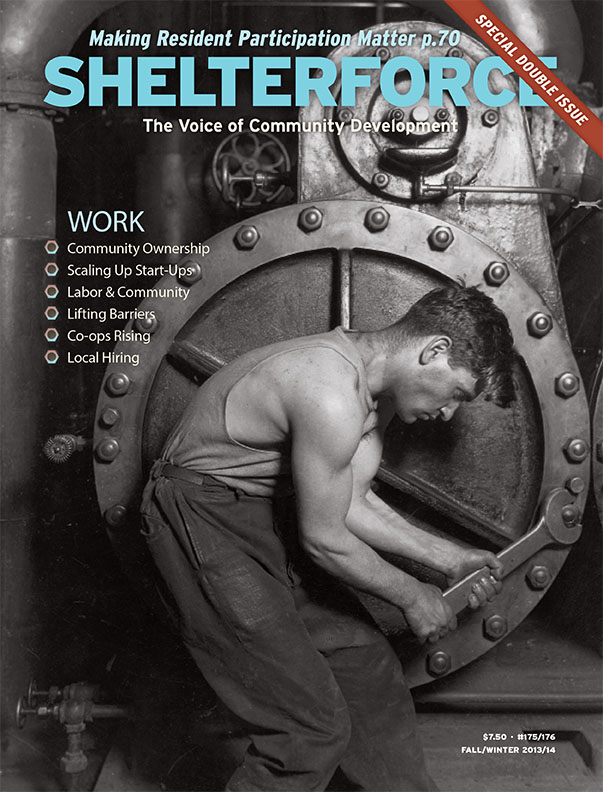“The New Homeless: The Affordable Housing Crisis on the Gulf Coast” A short video on the evictions crisis
Nine months after Hurricane Katrina ravaged the Gulf Coast, low-income families face a harsh new reality “ the threat of mass evictions and a shortage of affordable rental housing. According to a recent survey, the storm destroyed or rendered uninhabitable over half the subsidized housing in coastal Mississippi, some 2,600 units. Fifty-two percent of tenants who lost their apartments were living below the median household income before the storm. Now, poor tenants face skyrocketing rents and illegal evictions.
As a public interest lawyer working on the Gulf Coast, I have witnessed hundreds of people forced out of their homes for nonpayment during the months following the disaster and hundreds more illegally evicted so their landlords could raise the rent. Over 450 families in southern Mississippi that received FEMA trailers as temporary shelter also received eviction letters. Without adequate shelter, Katrina survivors fear they will become the new homeless.
A jarring example of an illegal eviction occurred last October at Edgewood Manor, a federally subsidized apartment complex in Gulfport. After Katrina, 52 families living at Edgewood Manor were completely abandoned by the property manager. The management company informed the Department of Housing and Urban Development that the building had been destroyed by the storm. Meanwhile, residents were left behind without roofs, running water, trash pickup, and, in some cases, basic plumbing. Christine Brice, a North Gulfport resident, witnessed some of the children of Edgewood Manor starting a fire in a bucket in order to keep warm, while others relied on gas stoves to heat their apartments. On top of these deplorable conditions, tenants lived in fear of a mass eviction. Security guards told residents that the apartment gates would be welded shut, blocking any re-entry into the complex. On the residents’ behalf, the Lawyers’ Committee for Civil Rights and the Mississippi Center for Justice forced the landlord to cease eviction threats and allow tenants to return to Edgewood Manor. Legal advocates continue to work to ensure that the necessary repairs are made and that tenants are not needlessly displaced from their community.
Another attempt at mass eviction occurred on New Year’s Eve in downtown Gulfport. Seventy-two families were nearly forced to vacate one of the few apartment complexes that survived the storm surge on the coast. The residents of Watersmark, many of whom are low-income and hold Section 8 housing vouchers, received a written notice that they would be evicted on December 31 because the apartments created public health concerns. Yet city officials had recently inspected the complex and concluded that the minimal storm damage posed no threat to residents’ health and safety. I met a family of five living in an undamaged unit at Watersmark, desperately looking for a new apartment before Christmas. The next day, I saw an Internet listing for available rental units at Watersmark beginning January 1, a day after all the tenants would be forced to leave. Legal action stopped the evictions, but the majority of the tenants had already moved out.
The absolute number of people facing potential homelessness is staggering: Across the Gulf Coast, an estimated 22,000 rental units that had been affordable to extremely low-income people were lost or damaged after the hurricane. Without adequate legal representation and housing alternatives, hurricane survivors trying to rebuild their lives after the storm will continue to face a riptide of barriers.





Comments